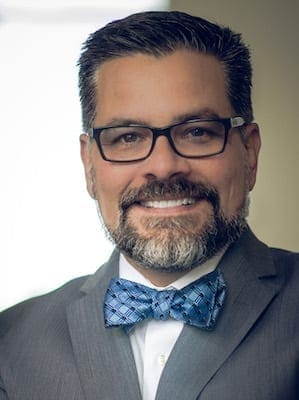
Those who have listened to the Good Faith Weekly podcast over the last few months will recall that Missy and I decided to sell our house and downsize to a hundred-year-old home near downtown Norman, Oklahoma. It was an excellent decision until the “hundred-year” part caught up with us.
You can listen to the last few episodes of Good Faith Weekly to get caught up. But to make a long story short, our old house needed to be renovated. Because some of the renovations were extensive, we needed to be out of the house for a few months.
Our dear friends allowed us to stay at their house during this time. It was close enough to our new/old house that I rode my bicycle back and forth on the days I could work from a makeshift office. As I rode home one afternoon, I turned down a street that took my breath away when I read its name.
I stopped pedaling because I was so perplexed by what I was seeing. To be honest, I was absolutely shocked.
I stepped off my bike and rubbed my eyes. I still could not believe the street sign staring back at me. It read, “Sundown Drive.”
Sundown Drive is about three blocks long, but the name travels deep throughout history. Norman, — where I call home, have pastored for over a decade, and raised my children— was a Sundown Town from 1889 to 1967.
Sundown towns, also known as “Sunset” or “Sundowner towns,” were created by white communities after the Civil War to ensure African Americans knew they were not welcome in their cities. In some cases, actual signs were posted on the outskirts of towns warning African Americans about the consequences if they found themselves within city limits after the sun went down.
University of Oklahoma professor Michael Givel detailed the history of Norman’s racist past in an essay titled “

